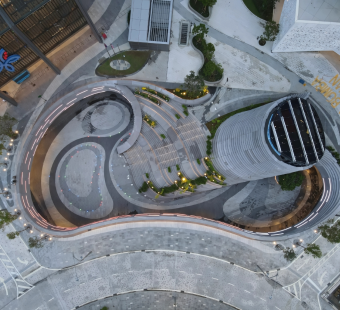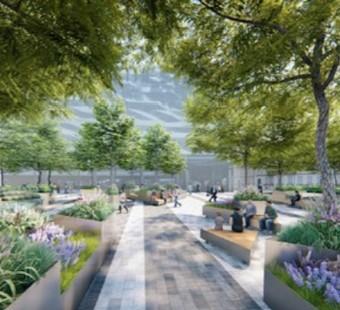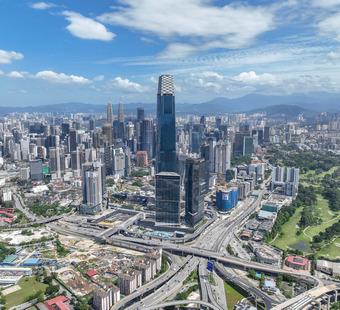A solid sustainability infrastructure is a must for developments today to attract world-class businesses, as green credentials have increasingly become necessary corporate requirements for MNCs.
In recent years, MNCs, often seen as standard bearers for global best practices, are compelled to uphold a certain level of commitment towards being more environmentally responsible, as awareness surrounding conservation issues rose.
These blue chip companies are looking to base themselves in areas that would allow them to provide add to their brands, by displaying good sustainable green credentials.
One of the advantages for a master-planned development such as TRX is that not only the buildings constructed need to meet a required level of sustainability, but large infrastructure outfitted at the district level could also hit a certain level of sustainability standard, making businesses and residents live even greener.
TRX’s sustainability aspirations are in line with the aim of KL City Plan 2020, a blue print for achieving world-class city status. TRX has received provisional LEED recognition for Neighborhood Development at Gold and GBI Township Platinum certification based on its masterplan.
One of the district’s KPIs is to reduce potable water consumption by half. It has signed a 20-year concession agreement with Veolia Water Technologies Southeast Asia for wastewater treatment and recycled water supply.
Technology is key in making TRX sustainable, as its limited space in prime area means there is no margin to play with.
Veolia’s five different technologies are estimated to recover more than 80% of water waste, with a plant that will be three times smaller than conventional water treatment plant. It can remove over 95% of the pollutants, with a peak capacity to treat 553m3 waste per hour.
Recycled water produced by the plant will be channelled back for toilet flushing, district cooling usage and landscaping upkeep, reducing the district demand for potable water by more than 50%. The treatment plant, designed to blend well with the district façade, will operate under negative pressure and use an odour removing technology that eliminates foul smell.
This is essential in preserving the atmosphere of TRX as a lush urban park that the development is trying to achieve. TRX’s 10-acre central urban park, which connects the various quarters of the district, will emphasise the sense of openness and greenery in the middle of a dense city like Kuala Lumpur.
As a heavily pedestrianized development, TRX is also designed for limited vehicles at the ground level, prioritizing walking over driving. With two MRT lines passing through the TRX interchange station, more than half of the daily arrival to the district is expected to be via MRT.






